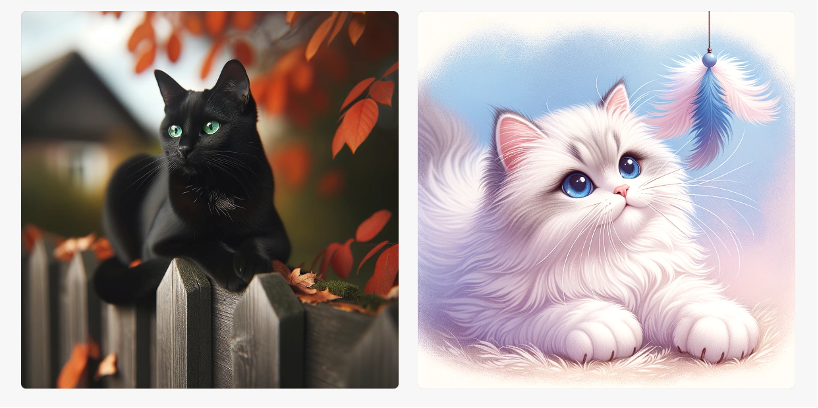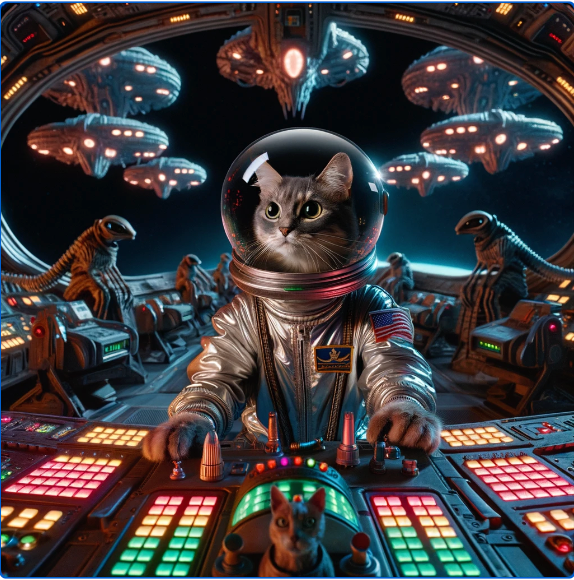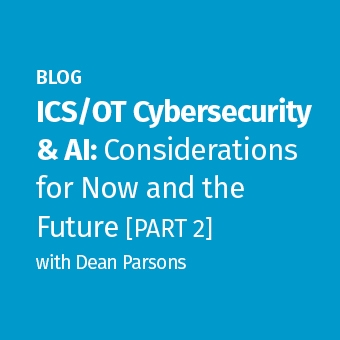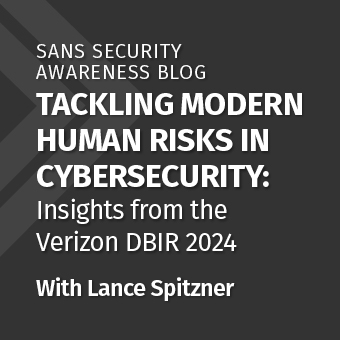Note: This blog post is the fifth in a series on AI and how to make the most of it in your security awareness, culture, and human risk efforts. This post covers how to create customized images using Generative AI solutions. You can access the other blog posts from this series below.
- Part 3: Issues, Challenges, and Limitations of AI
- Part 4: Advanced Prompt Engineering
- Part 5: Generating Images
- Part 6: Analyzing Data
Why AI Generated Images?
The key to managing human risk is changing people’s behaviors. And the key to changing people’s behavior is engaging them, motivating them, training them, and ultimately enabling them. And to do that, security teams often depend on the power of imagery in their engagement and communication efforts. However, it can be both costly and time consuming creating customized images. Generative AI (Gen AI) has the power to quickly and cost effectively create customized images for any organization.
Interested in reducing your organization’s human risk? Check out my course LDR433: Managing Human Risk and sign up for a FREE course preview today! |
Legal Issues and Limitations of Images
Before we jump into creating images with AI, we first need to address the legal issues, specifically Intellectual Property (IP) and who owns copyright of AI generated images. In Part 3 of this series, we did an overview of AI issues and limitations, but for images we need to go into more detail.
First, remember how Gen AI works. It uses a technique called Machine Learning to analyze literally millions of images, then uses what it learns to generate new images. For example, Gen AI can create a picture of a cat because it has analyzed, or learned from, millions of pictures of cats on the Internet. So, when it’s creating a new custom image, its basing that knowledge on the data sets, in this case images, it learned from. So, when it comes to copyright, who owns the copyright of AI created images? Is it the creators of the images the AI learned from, the AI itself, or the individual who specified the AI generated image?
Learn more about SANS Institute’s SEC595: Applied Data Science and AI/Machine Learning for Cybersecurity Professionals and sign up for a FREE preview today! |
Every country will have its own approach and laws on how AI generated content is handled. In addition, each Gen AI image generating website or application may have their own guidance. But according to the United States Copyright Office, within the United States, no one owns copyright to AI generated images. In other words, when you create an image via AI, that image is public domain. You can do anything you want with the image, but so too can anyone else. The reason why is according to the US Copyright Office, for copyright to apply, the work of authorship must be both unique and created by a human. AI generated images, according to the US copyright office, may be unique but are not created by a human.
However, if you create AI images, and then use those images to create a unique work (such as a training video or a comic book), while you still do not own the rights to the AI images you do own the rights to the overall work. This is exactly the copyright case that happened in 2023 with the comic book Zarya of the Dawn. In this case, a comic book was created using AI generated images. The author claimed rights to both the comic book and the images. The US Copyright Office specifically stated the images could not be copyrighted as they were not created by humans, but the overall comic book could be copyrighted by the author as it was a unique work created by a human, even though it contained AI generated images. This is a surprisingly easy to read copyright notice so if you have a moment, I recommend you read it.
Regardless of what US Copyright Office says, if you are using AI generated images for anything work related, be sure to check with your organization’s legal department and policies on what you can and cannot do with AI generated imagery. In addition, check with the AI website/resource as they may have additional license limitations.
Finally, most Gen AI websites and resources will have limitations protecting others’ copyrights. In other words, you cannot create images based on copyrighted materials. For example, it will not let you create an image of Homer Simpson having a lightsaber fight with Darth Vader, as both characters are copyrighted. In addition, many Gen AI resources will not allow you to create harmful or offensive images. With these limitations in mind, let’s get started in creating images.
Generating Images
There are many different websites and resources that allow you to create your own images. In general, you will have three options:
- Websites and resources that specialize in AI imagery. (Midjourney is a well-known example.) Sites like Midjourney can have the most advanced features and capabilities but can also be the most difficult to learn, (Midjourney requires a Discord account). If you are a graphic designer that wants to take AI image generation to the next level, solutions like this are where you probably want to start.
- Websites and resources that specialize in licensing images created by people, but also includes an AI engine, such as Shutterstock. These AI engines tend to be much easier for non-technical or non-graphic designers to use (graphical interface, chat-bot assistants, pre-set filters, multiple examples, etc.) but also tend to be more limited in the requirements you can put into it and the level of realism you may be looking for.
- Websites and resources that specialize in AI but also include image generation functionality, such as OpenAI’s DALL-E 3. While these sites may not have as advanced image generation features, they do integrate with other AI functionality.
Most of these sites and resources have options to create images for free. However, these options tend to be very limited in the number of images you can create as well as their resolution and customization. If you really want to develop your skills, or if you are going to be creating many images, you will most likely need to register for a paid account.
Regardless of which site you use, the key to creating an image is just like anything else in Gen AI, you must create a good prompt. The more detailed the prompt, the more likely the AI tool will return the image you want. In addition, most Gen AI solutions will generate multiple images for you with each prompt. You can then select and download whichever image you like or ask the AI to change or edit an image with an even more detailed prompt. For example, in this post I will use DALL-E 3, which is now integrated with and embedded in ChatGPT.
Let’s start with the very simple prompt “create an image of a cat.” The below images are what the AI created. On the left is a very realistic image, on the right is a very stylized image. The AI does not have a good idea of what I’m interested in, so its guessing.

Let’s say I want something more realistic, so I’m going to use the image on left. However, we are going to be far more specific in our prompt, a form of advanced prompt engineering. Here is the advanced prompt I used:
“Photo of a bright blue cat with dazzling yellow eyes, sitting regally on a mound of hay in the middle of a vast farm field. The scene captures the essence of autumn with golden corn stalks surrounding the hay and freshly harvested pumpkins placed haphazardly around, adding a touch of color to the pastoral landscape.”

As you see, you can be as detailed as you want, but you can also go as crazy as you like. Here is another example, but with a bit more fun thrown in:
“Image of a cat, wearing a space suit, sitting in an alien ship. The cat is taking control of the ship and about to fight off an armada of alien ships commanded by dogs coming to take over their world. The cat is ready to engage in an epic space battle.”

Your options and choices are almost unlimited, depending on the Gen AI solution you use and the varied prompts you choose. This is just a very brief introduction into the world of image generation. I’m not going to do a detailed explanation of the prompt engineering as it really depends on which Gen AI solution you are using. You will most likely want to standardize on a single AI resource and use it exclusively so you can develop your prompting skills. Remember, regardless of the solution you can be as demanding as you want, as detailed as you want, and request as many changes as you want – the AI solution will never get upset with you.
Now that we covered the power of AI and imagery generation, in my next blog, we will take things one step further and learn how AI can analyze images, charts, diagrams, and matrices.




